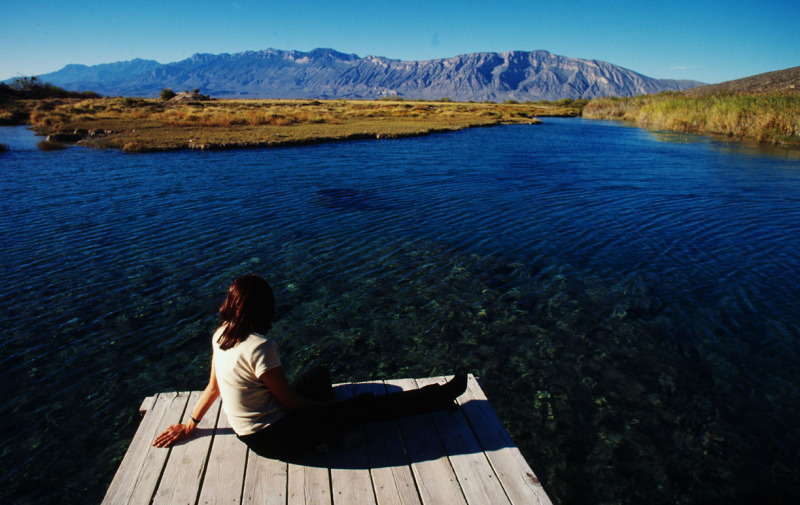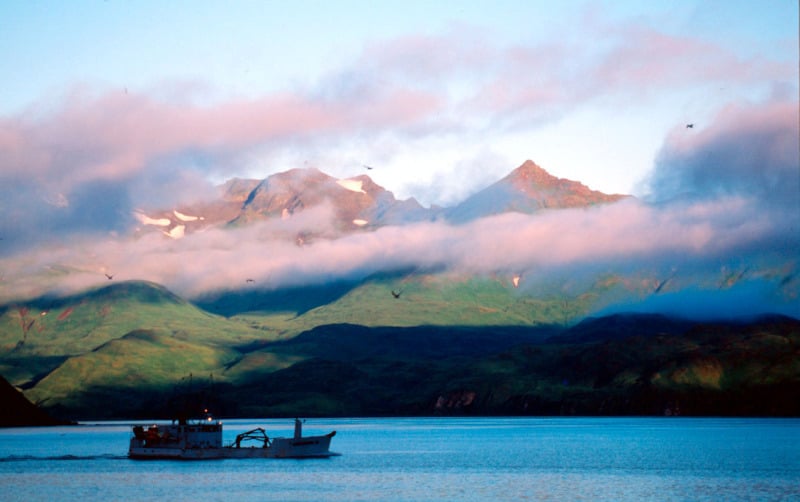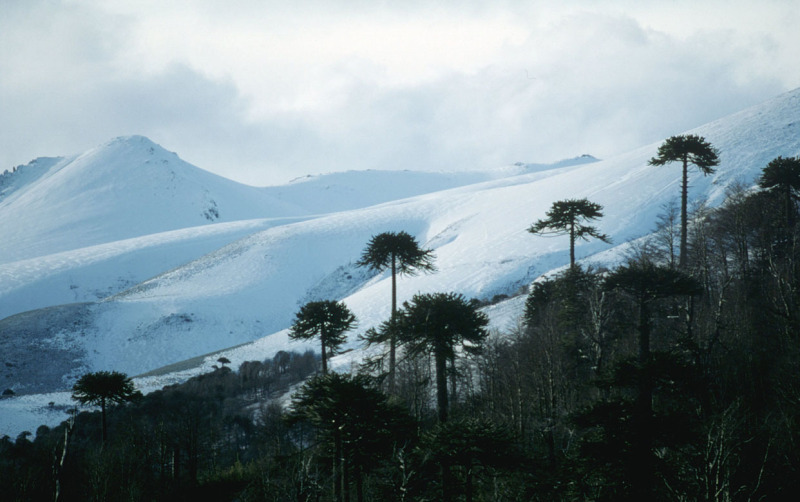
Home to billions of people and wildlife, Planet Earth is also home to some of the most breath-taking landscapes we will ever come to witness. As our climate continues to change rapidly, it’s up to us to protect the vibrancy of these places, along with the communities and wildlife that depend on these environments for their survival. In this blog post, we explore some of the world’s most exceptional natural environments on the frontlines of a changing climate, as well as how you can help.
The Chihuahuan Desert Ecoregion

© Edward Parker / WWF
Located in North America and extending on both sides of the US-Mexican border, the Chihuahuan Desert is North America’s largest desert and is thought to be the world’s most biologically rich desert, famous for its enormous variety of yucca and cacti. In fact, of the 3,500 plant species growing in the desert, a thousand are endemic and are found nowhere else on the planet! :o Unfortunately, the legendary Rio Grande that forms the lifeline of the desert and the surrounding rugged mountains is supplying less water to the region and its communities and cities due to a rapidly changing climate. In recent years, the Rio Grande has become so depleted that in some drought years, it dries out even before reaching the sea. In addition to this, shifts in rainfall patterns and snowpack levels as a result of climate change have led to uncertainty in water deliveries. Though a challenging feat, saving the Chihuahuan Desert Ecoregion is possible, and WWF is working with regional and local partners to devise water security strategies for communities, farmers and the environment. Get more information and find out how you can help here.

© Kevin Schafer / WWF
Imagine this: 2.6 million square kilometres of Arctic and subarctic waters, complete with a complex shoreline that includes archipelagos, estuaries and inlets, deep fjords and more. And that’s not all, the Bering Sea is also home to a wide variety of marine life including whales, dolphins, porpoises, polar bears and more - pretty amazing, don’t you think? In addition to it’s stunning landscape, the Bering Sea provides more than 50 per cent of the United States and Russia’s annual fish catch, with seven species of salmon spending their adult lives in the northern Pacific Ocean, the Bering Sea and the Arctic Ocean.
Given the vulnerability of the Arctic to climate change, climate action needs to happen now before major physical, ecological and economic impacts appear rapidly. In fact, indigenous communities are already noticing some of these changes: warmer winters, earlier break-up of ice in the spring, and thinner ice year round, which are supported by scientific evidence. In addition, surface temperatures in the Gulf of Alaska have risen, leading to an increase of freshwater flowing into the sea from melting glaciers. This lighter layer of warm, fresh water dilutes the seawater in the Gulf, resulting in fewer nutrients to feed the small organisms that fish depend on. To ease the situation, local communities and WWF are developing a network to monitor the changing environment and analyzing ocean data, which will help with local climate change adaptation plans.
Valdivian Temperate Rainforests

© Edward Parker / WWF
In South America lies one of the world’s five major temperate rainforests - the Valdivian Temperate Rainforest. Millions of years of isolation have allowed the blossoming of unique habitats and an abundant number of plant species native to the forest. Set against the backdrop of snow-capped volcanoes and Andean peaks, expect to see rare Alerce and monkey puzzle trees, as well as a wide variety of mosses, mushrooms, and lichens, in addition to many creatures such as the Andean deer along the way - paints a picture of a magical rainforest, doesn’t it? :)
But this magnificent forest, with trees that tower the world at a height of over 114 meters (375 ft) is also known as ‘The Oldest Climate Witness Alive’. Analysis of tree rings on the Alerce trees, that live for more than 3,000 years, have shown sudden temperature increases over the last century. As glaciers in the Andes melt rapidly, the entire water household of the region could be affected dramatically. Furthermore, weather pattern changes such as longer drought periods and more forest fires as a result of climate change pose a threat to the Valdivian rainforests, calling for the need for urgent climate action right now.
Discover more landscapes around the world that are counting on us to change climate change in part 2 of this series!
change climate change, landscape, bering sea, Valdivian Temperate Rainforests, Chihuahuan Desert, wwf
